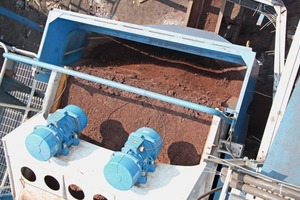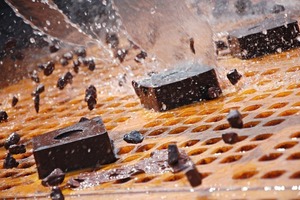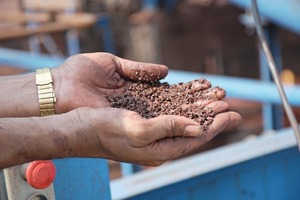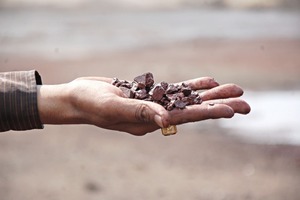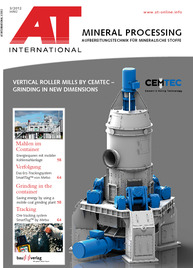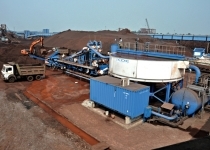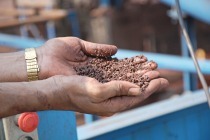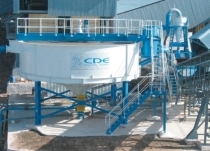New ore washing capabilities in India
A new iron ore washing plant installed for Monnet Ispat and Energy in Raigarh/India (MIEL) has resulted in significant efficiency gains as a result of effective removal of unwanted fines and slimes. The main problem was the high level of variation in the feed material as a result of it being sourced from a variety of mines rather than one consistent resource. It was the high fines content in particular that was causing most concern as this was resulting in a significantly reduced campaign life.
The new washing plant from CDE Asia effectively removes all of the low grade fines and slimes which results in a higher quality ore (Fig. 1 and Fig. 2). This not only increases efficiency in the kilns but has also delivered a washed ore product that MIEL are able to sell to export markets at a premium price. MIEL invested in the CDE washing plant after CDE Asia conducted extensive testing of the feed material to establish that quality improvements that it was possible to achieve. This testing was conducted at CDE Asia’s own testing facilities.
The new processing plant is making a 5 mm to 25 mm product for the DRI plant, a 2 mm to 5 mm product and a 75 µm to 2 mm product. Following the washing of the iron ore fines (Fig. 3) through the CDE EvoWash system waste water is delivered to an AquaCycle Thickener which ensures that approximately 90 % of the water used is recycled. This significantly reduces the volume of fresh water required to feed the washing plant and makes this sort of process possible where there are restrictions on water availability.
Prior to the introduction of the CDE washing plant the 5 mm product contained 7 % of 75 µm material which was the major cause of the inefficiencies being experienced by MIEL in their steel making processes. The new plant has reduced this to 1.5 % which has not only improved the Fe grade of the feed material (Fig. 4) and increased campaign life of kiln by 10 % and the yield by 2 % but has also resulted in improved metallisation.

